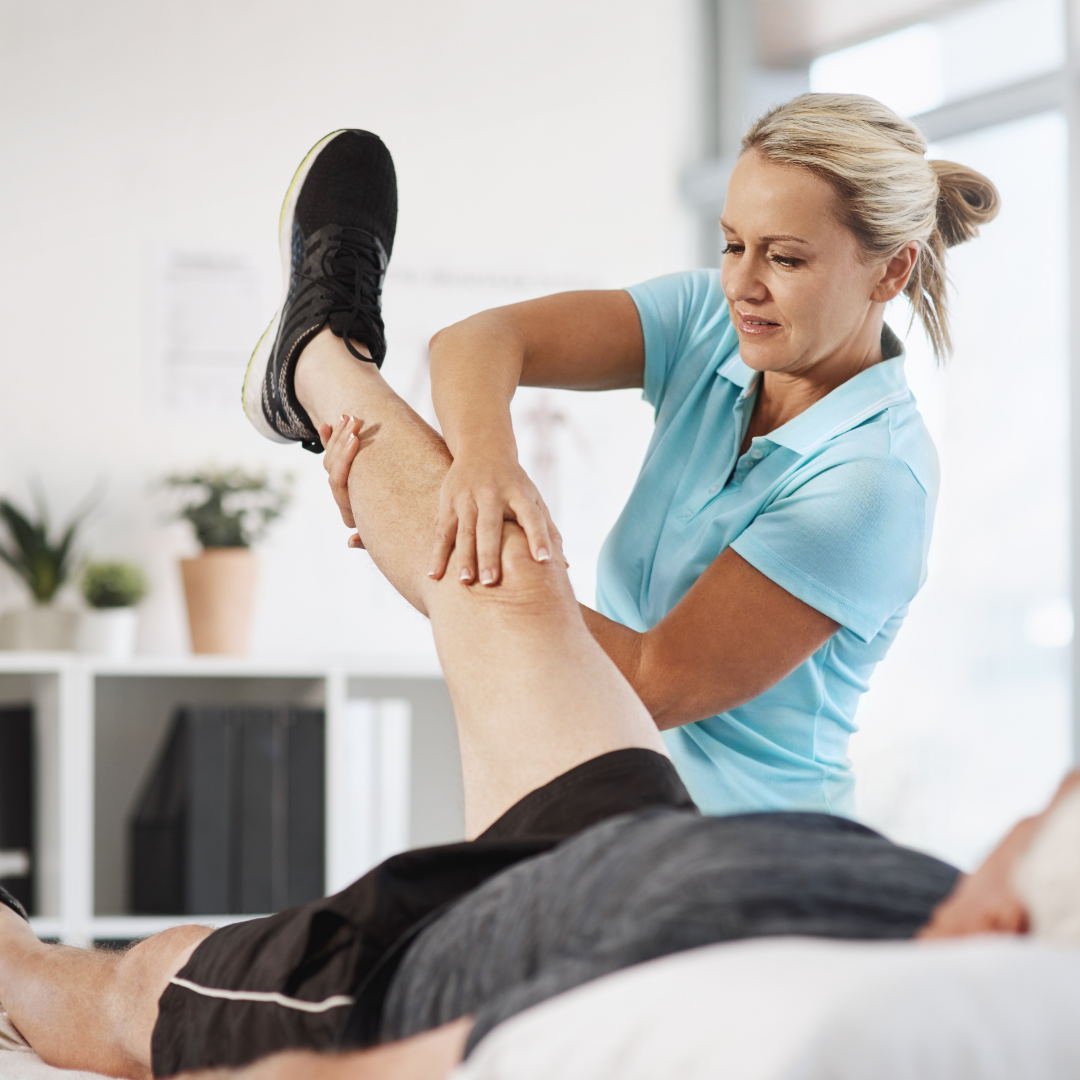What is Range of Motion?
Range of motion (ROM) is a measure of flexibility around a specific joint or body part. In general, there are two types of range of motion that are most commonly measured: active ROM and passive ROM. Active range of motion (AROM) is the range of motion that can be achieved when someone moves a part of their body by voluntarily contracting and relaxing opposing muscles. An example of this would be someone raising their hands above their head by contracting and relaxing the muscles surrounding the shoulder girdle. Passive range of motion (PROM) is when the movement around a joint is achieved through an external force, such as a physical therapist. In this type, there is no active engagement of the muscles like there normally would be when starting a movement, and usually represents the maximum range of motion that a joint can move.

There is a third type of range of motion, known as active-assistive range of motion (AAROM), which is the middle ground between AROM and PROM that occurs when someone is able to move an injured body part with some additional help to complete the movement. This is commonly seen in physical therapy after an injury or surgery when a patient has started to heal and can contract their muscles but still needs to build up flexibility or strength.
Improving ROM
Whether someone wants to improve their athletic performance, become stronger, increase flexibility, or improve their quality of life, it is important to maintain and expand their range of motion. Some of the most common ways to improve active range of motion are:
- Warm-ups before working out
- Limiting stress
- Keeping hydrated
- Understanding and pushing exercise limitations
- Improving breathing techniques
- Stretching post-workout
Benefits of ROM Exercises
Range of motion exercises can be extremely beneficial for a variety of situations. These include but are not limited to:
- Better circulation
- Improved/maintained flexibility
- Reduced pain
- Enhanced physical activity
- Reduced stiffness
- Decreased chance of injury
Although ROM has many benefits, pushing a muscle too far may cause strains, tears, or pain. Stretching too far may cause more damage to the muscles, so it is crucial that people listen to their bodies and be mindful of their limitations.


